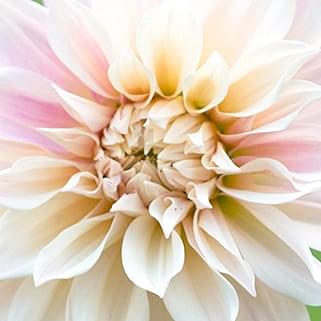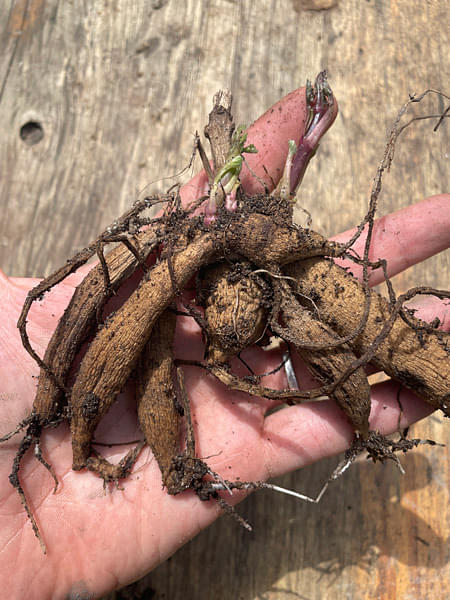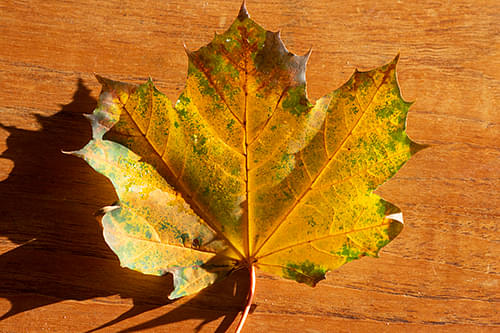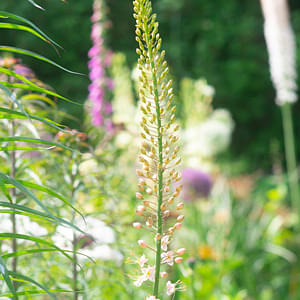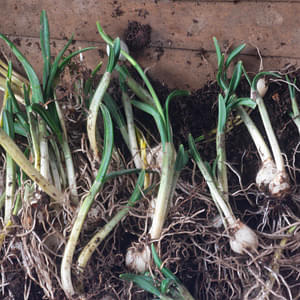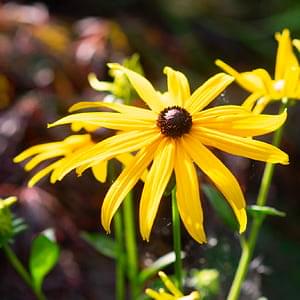How to plant delphiniums
- How to plant Bulbs - Spring planting plants
- 20 Feb 2020
-
5views
Cottage garden favourites, delphiniums are glorious hardy perennials producing tall spires of single/double flowers. Perfectly at home in any garden, these floral fireworks will bring height and drama to the sunny border. To enjoy a tapestry of colour, try mixing with other perennials such as lime green euphorbias, hemerocallis, lavenders, nepetas, and phloxes.
Plant in fertile, well-drained soil in full sun and shelter from strong winds/stake as needed. For optimum flower spikes, thin shoots, keep watered during growth and apply fertiliser every two to three weeks; if you garden organically, liquid seaweed is ideal as it comes from a sustainable source. Cut the flower stalks back to small side shoots as they finish and cut all growth back in winter to ground level. Lift and divide overcrowded clumps every few years and replant the vigorous sections.
Delphiniums are supplied in 9 cm pots. Always unpack on arrival and store in a cool place until ready to plant.
Potential problems, pests and diseases:
- Caterpillars: these larvae feed on a wide range of plant material including roots, stems, foliage and flowers, causing both aesthetic and structural damage. Whenever possible, put on gardening gloves and remove by hand. Alternatively, cover susceptible plants with a layer of horticultural fleece to prevent any risks of infestation.
- Leaf miners: larvae will cause havoc by mining the leaves. Watch out for any white spots/squiggly lines on leaves and cut off any infected material before disinfecting your scissors. Heavily attacked seedlings may die.
- Snails and slugs: these pests enjoy munching on young shoots, stems, leaves and flowers. Watch out for damage!
- Crown rot: this soil-borne fungal disease occurs when the soil is too wet and can generally be spotted at the base of the plants in the form of discoloured, mushy lesions — foliage also starts to yellow and plants begin to wilt and stunt. If you suspect an attack, lift and inspect plants as soon as possible. Destroy any diseased hosts and replace the soil in and around the affected area with fresh well-drained material.
- Delphinium black blotch: this bacterial disease can be seen through the appearance of big black spots on the leaves, stems and flowers. Promoted by wet weather conditions, it causes delphiniums to gradually loose vigour. Dig out and destroy any badly infected plants at first sight.
- Powdery mildews: these fungal diseases usually caused by planting in the shade or by poor air circulation can be seen in the form of white, powdery coating on the leaves. Cut off any infected material before disinfecting your scissors.
- Viruses: viruses can affect the plant in many different ways and can generally be seen through the appearance of deformed leaves and flowers, colour patterns and streaking. They may also cause the affected plant to lose vigour and produce less flowers. It is advisable to lift and destroy any affected bulbs/corms/tubers at first sight.




